We gained access to the GGGarden site in May of 2024. We were encouraged by our neighbor art-gardeners de Onkruidenier to be okay with spending a lot of time observing (and not intervening) the first season.
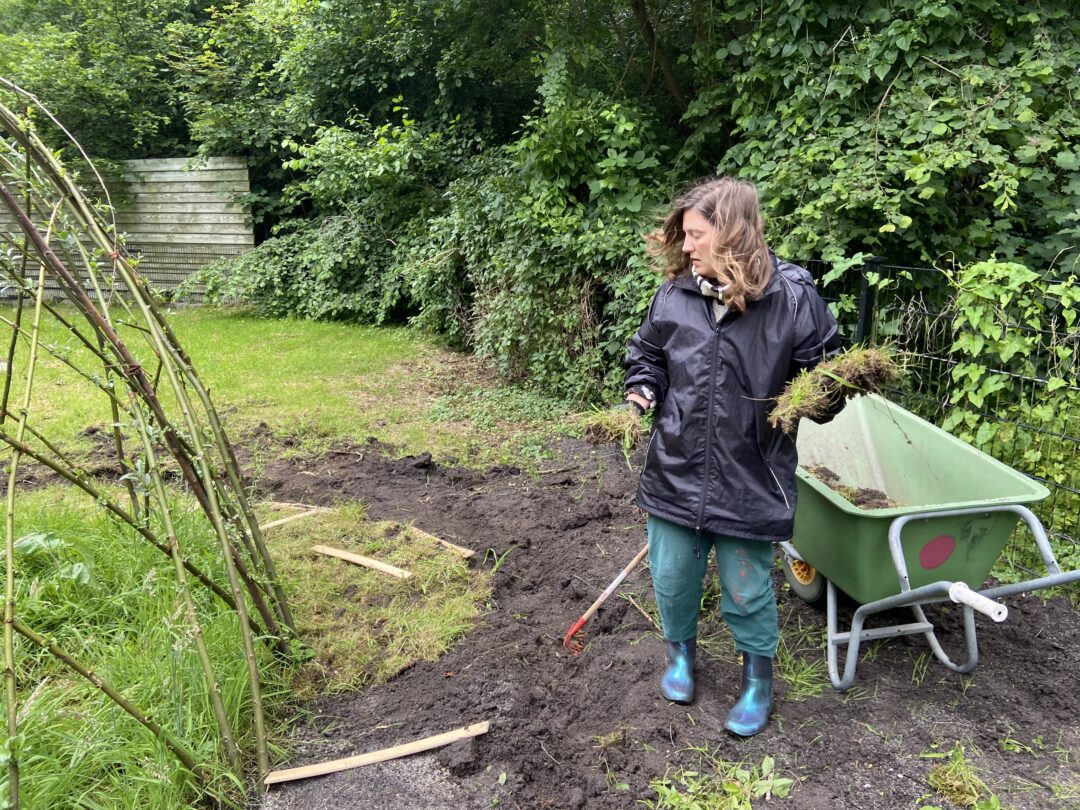
This was good advice, especially since May is a bit late in the growing season to make any extensive plans for going crazy with annuals from seeds or perennials. We decided to put a few plants in the soil, build out some infrastructure (raised beds, a willow dome, etc.) and get to know the conditions, rhythms and patterns of the site.
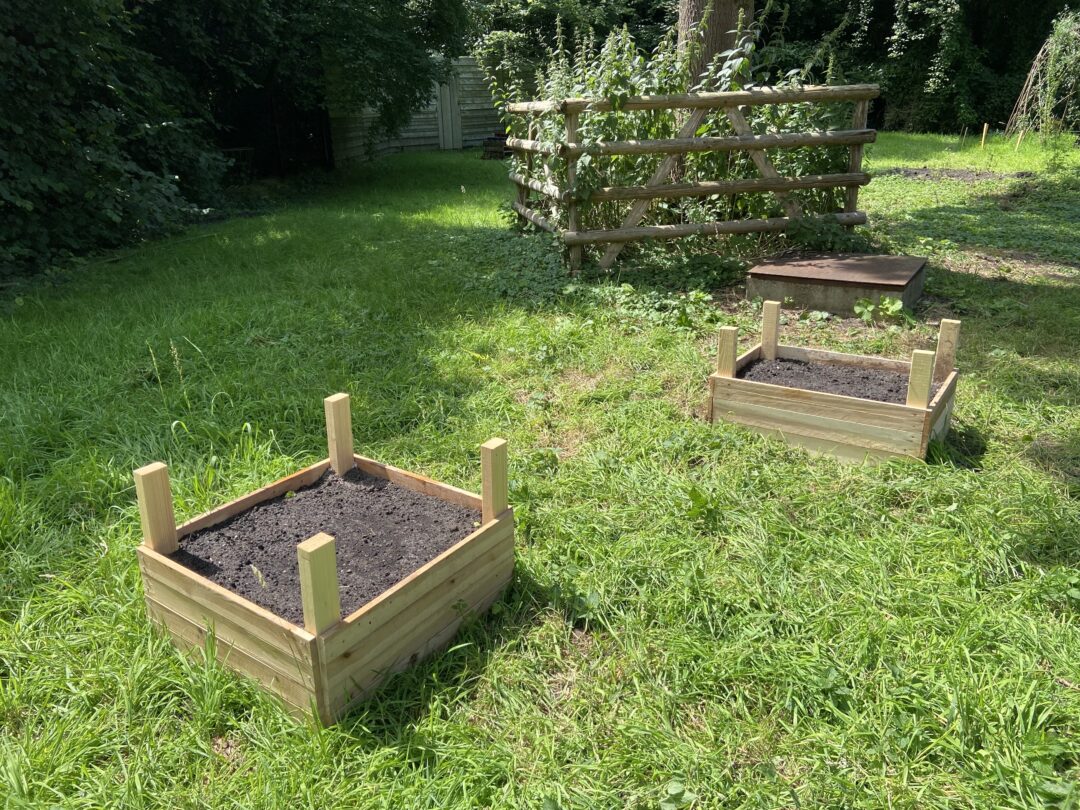
The beans grew well along the fence despite the pretty poor soil conditions, and hopefully their nitrogen fixing is one small step forward for that section of the land.
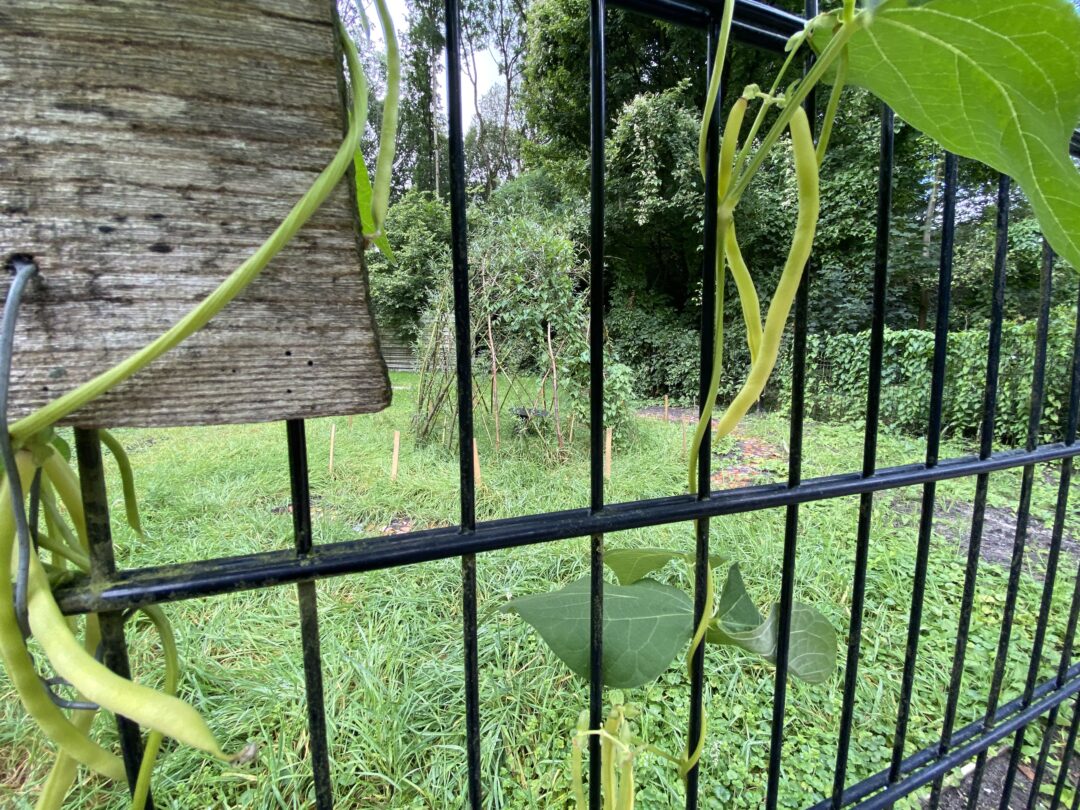
We started to identify the range of volunteer plants that had inhabited what was overall a very marginal site in terms of soil health with lots of recent disturbance. We also started to notice how much plastic there was in the soil, and document that as well.
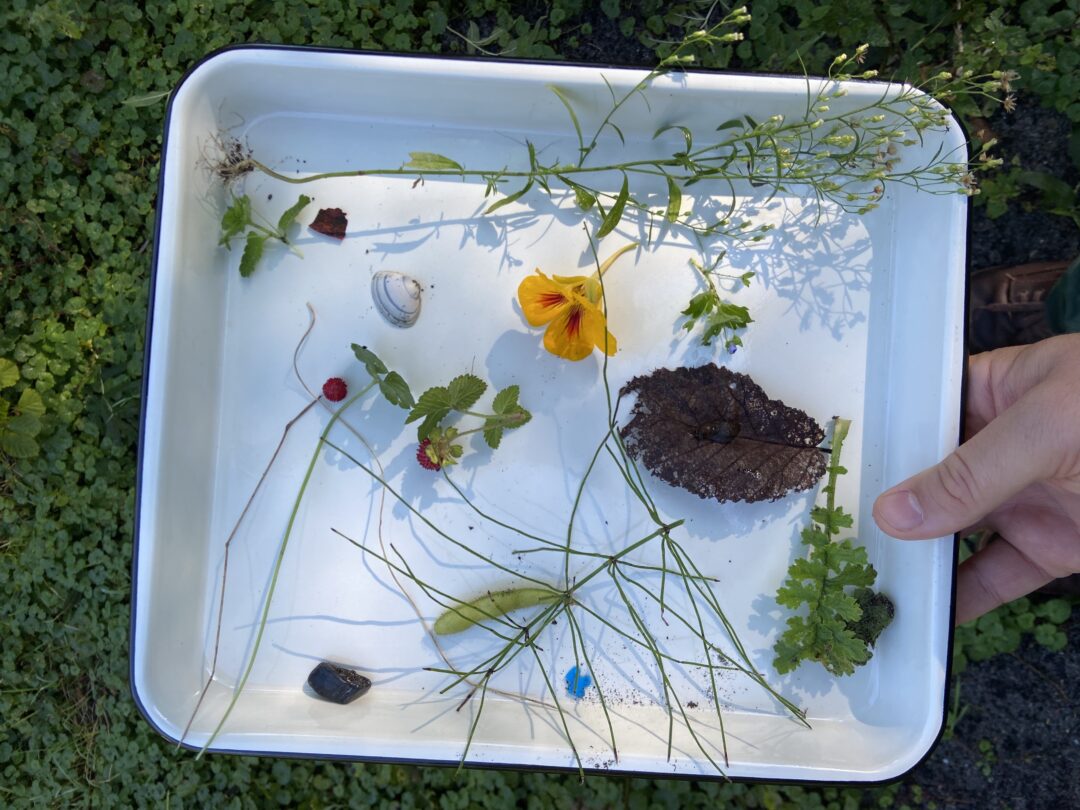
We tidied up the artificial pond early on, and when it warmed up, got to see frogs and salamander and a range of water insects.
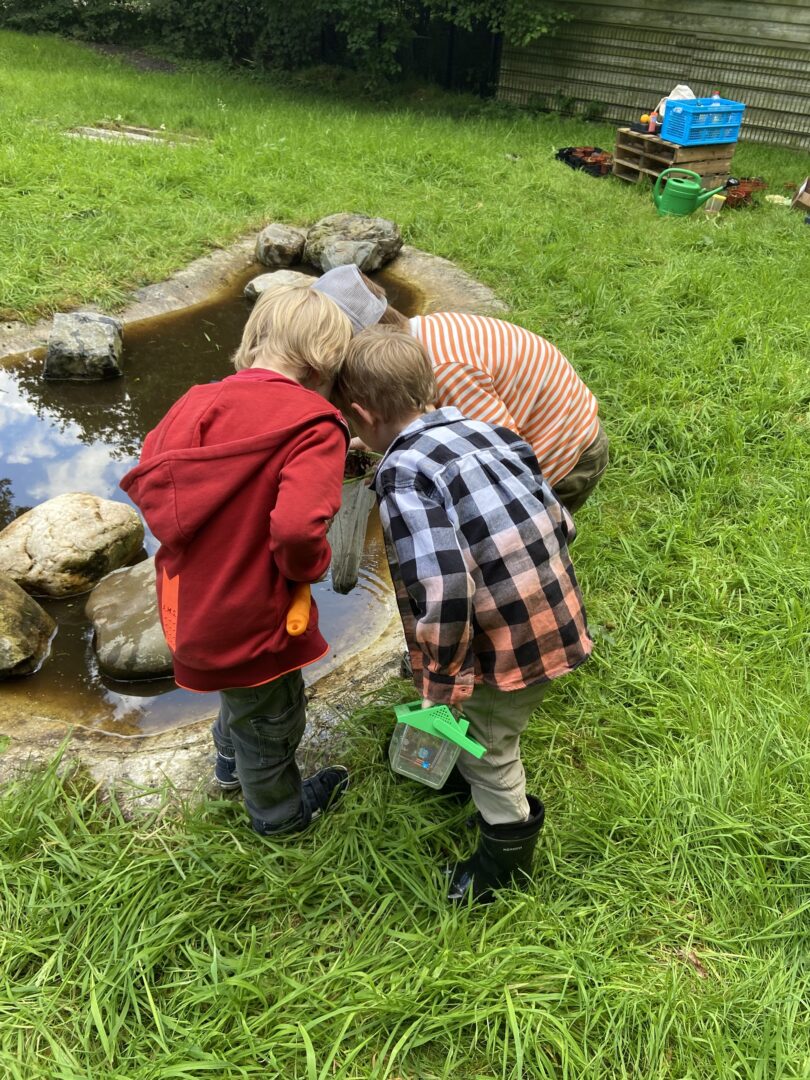
Most of the frogs looked pretty healthy and happy, but last week (THU OCT. 10, 2024) we managed to take a photo and noticed something in or on the frogs mouth. Did the frog manage to find some food or was this some kind of massive growth on its face? Perhaps it was a very small bird hatchling? Otherwise, maybe it was some kind of growth or infection? If anyone knows frogs and can identify this situation, let us know.
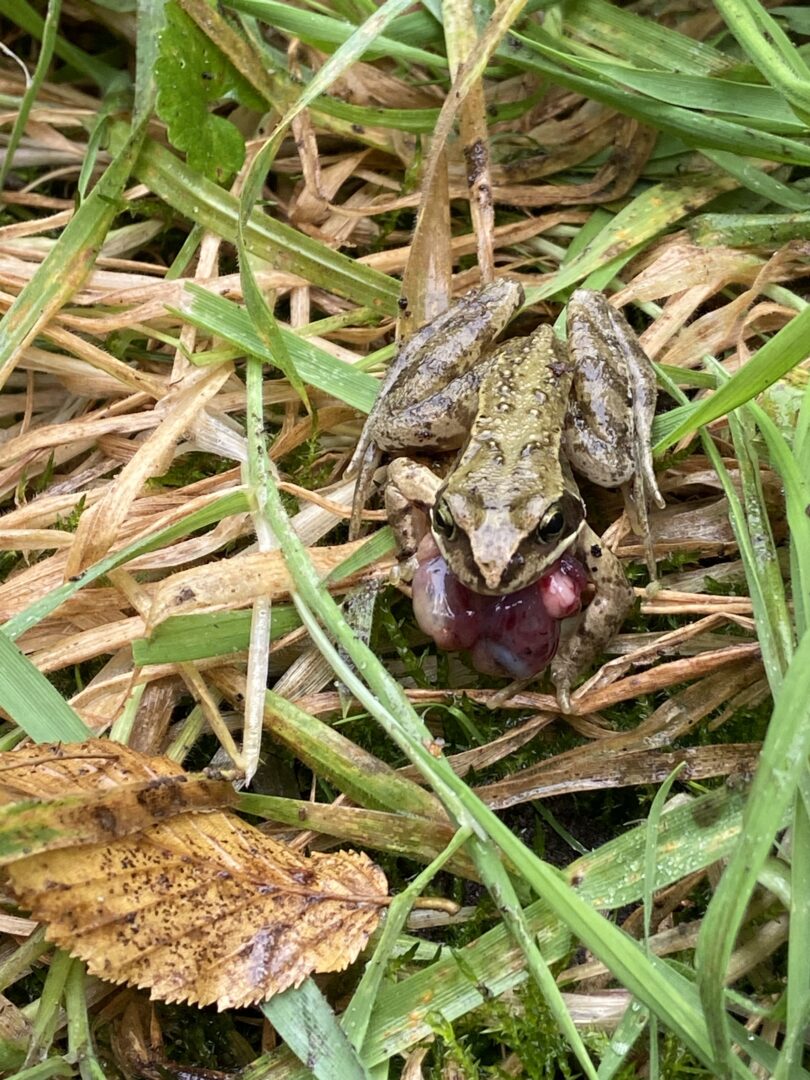
Right around the large tree, and near the treeline in the rear of the site, the soil was slightly richer, but towards the entry the soil consisted of a a lot of white sand and shells, a remnant of its use as a seal enclosure, and possibly because we had heard (unconfirmed) rumors that the initial site infill was dredged from the North Sea.
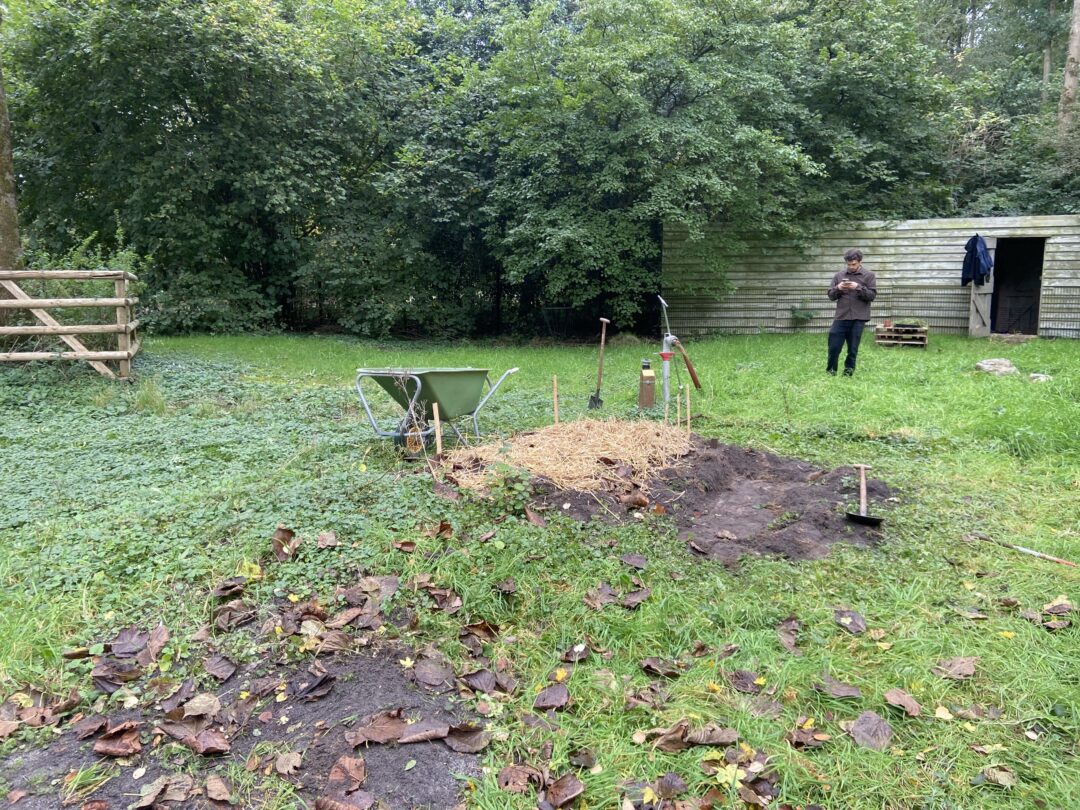
At our most recent public workshop on Saturday Oct. 5, 2024 we did a few kinds of DIY soil testing including using pH paper and counting worms. The site pH was neutral to slightly alkaline. However, much more concerning was the lack of worms and insects in the soil. Two of our test spots yielded no worms, while a third spot had only 1 worm.
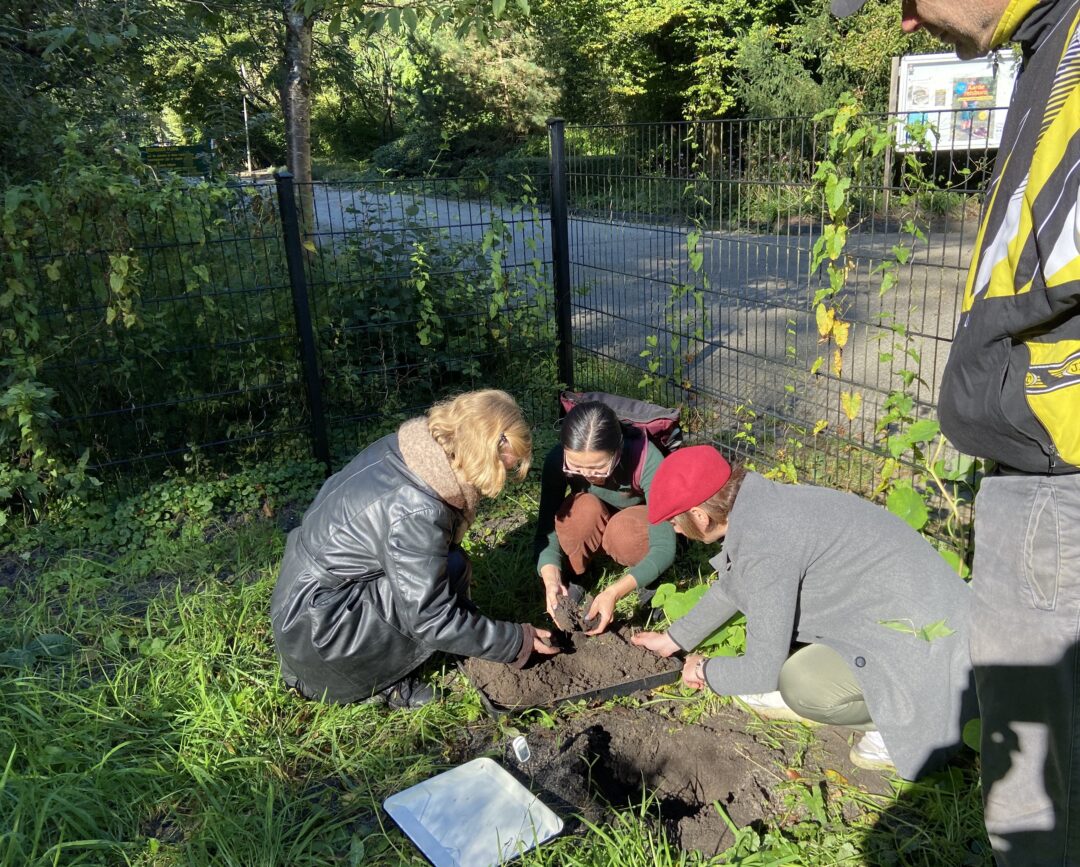
Now that the season is coming to a close, we have begun a process of soil remediation in preparation for next year. In 3 locations we dug trenches, added leaves from offsite and covered this in hay (which was stored in the shed on site), and possibly used by the Wallabies which used to be housed here until 3 years ago.
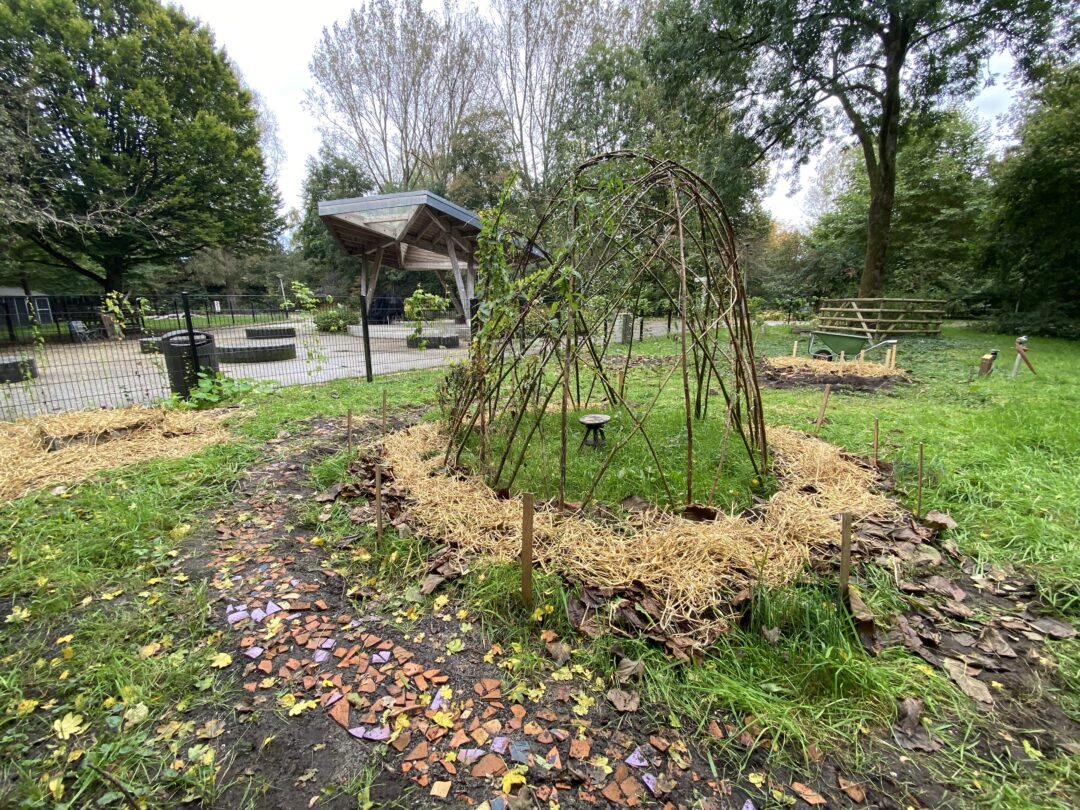
We are also making some plans to plant some cover crops in the new year, and perhaps revisit our research into “Cover Crop Cuisine” that we conducted in Ireland back in 2016.